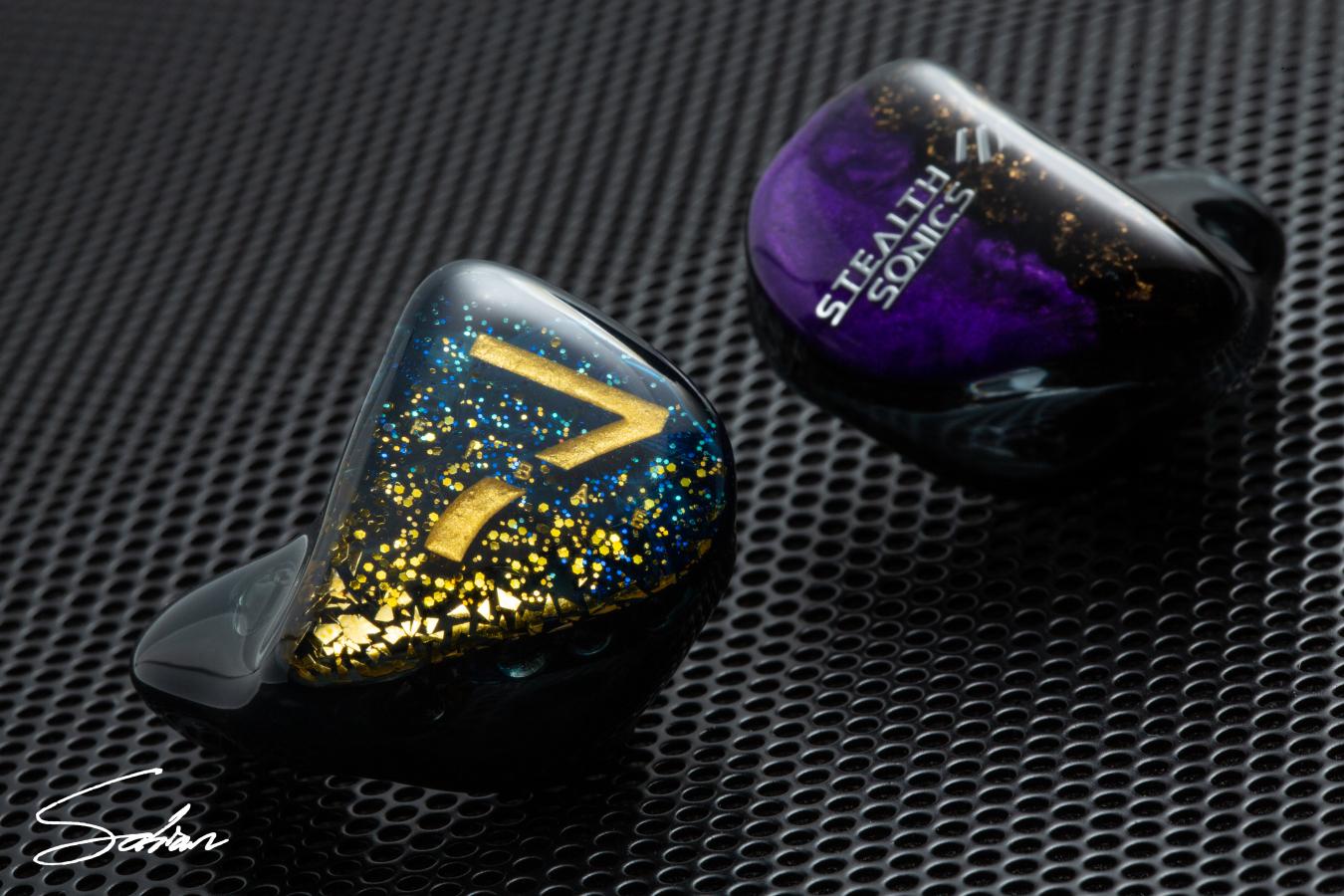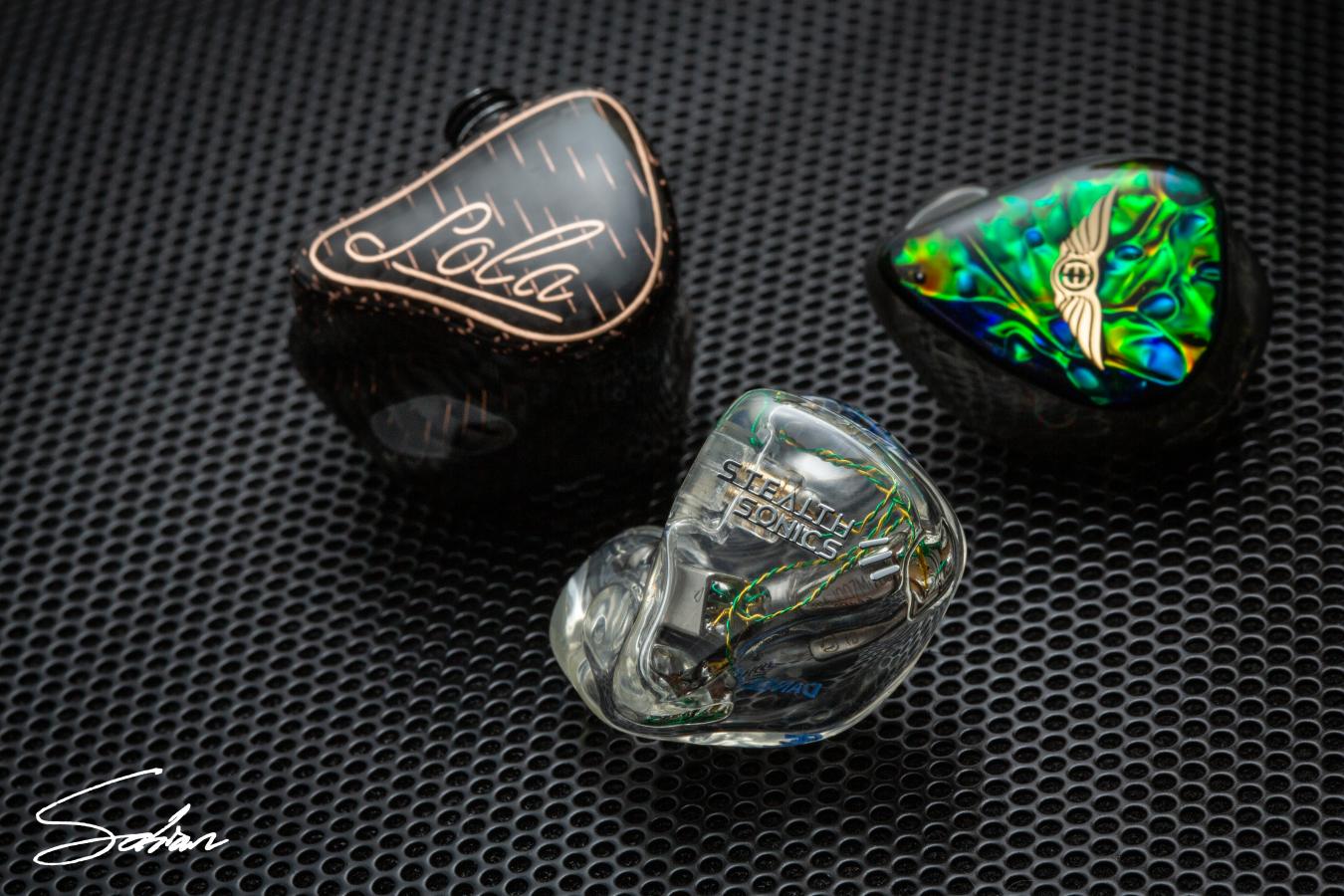DISCLAIMER: Stealth Sonics provided me with the C9 Pro in return for my honest opinion. I am not personally affiliated with the company in any way, nor do I receive any monetary rewards for a positive evaluation. I’d like to thank Stealth Sonics for their kindness and support. The review is as follows.
Stealth Sonics is a brand on the rise. Following several successful showings at trade shows – like CanJam and NAMM – as well as a string of lauded loaner programs across the globe, the Singaporean monitor manufacturers have infiltrated the community consciousness in an incredible way. Head-Fi’s home page, at a time, became a successive slew of one Stealth Sonics IEM review after another, each more glowing than the next. And, so, what better way to honour the occasion than a new flagship launch? The Headphone List is proud to present the world premiere of Stealth Sonics’ C9 Pro: A complete revamp of their 9-driver with an all-new, all-armature design and one of the best renditions of organic that I’ve heard yet.

Stealth Sonics C9 Pro
- Driver count: Nine balanced-armature drivers
- Impedance: TBA
- Sensitivity: TBA
- Key feature(s) (if any): IsoStealth, SonicFlo, Stealth Damping, Stealth Kompozit, Klarity Valve
- Available form factor(s): Custom acrylic IEMs
- Price: $1499
- Website: www.stealthsonics.com
Sound Impressions
Stealth Sonics’ C9 Pro possesses a uniquely resolving, superbly spacious breed of the thick-n’-meaty sound. Immediately, you’re greeted by these bold and gruff instruments; a result of the in-ear’s unabridged lower-mids, as well as its elevated bass response. But, strangely, that girth influences neither the monitor’s hue nor its imaging. Tonally, the C9 Pro remains largely neutral, and its spatial definition is impressively clean as well. There isn’t that slightly syrupy warmth that congeals everything together, and I attribute this to this monitor’s excellent top-end extension. Notes, while large, are wonderfully separated, and precisely positioned as well. The result is a smooth, meaty, organic sound without technical compromise.

The C9 Pro’s low-end is present, energetic and full, contributing a great deal of weight towards the in-ear’s response. The mid-bass, especially, is the focal point, which merges seamlessly with the lower-midrange – which we’ll come to later – to form the foundation of the in-ear’s dense, meaty response. By comparison, the subs are a tad more relaxed, which helps free headroom for instruments to breathe. But, at the same time, extension here is superb. Kick drums and bass guitars have gruffness and grit. Impact-wise, it may not be as visceral as a pure-bred DD, but I find this actually works to this C9’s benefit. These balanced-armatures’ swiftness and control gives the low-end tons of finesse, pacing itself to not mask the ensemble. So, the bass – while present and full – is expertly managed to fulfil both its musical and technical tasks nicely.
Just past the low-end is what I consider to be the pillar of the C9 Pro’s signature: An un-recessed lower-midrange. Now, I say un-recessed rather than elevated, for example, because the C9 Pro doesn’t have a low-mid bump per se. It just doesn’t dip where most other, clarity-focused monitors would, which is what gives it its uniquely thick tinge. Vocals will have a lot more meat on their bones, so you’ll get a deeper tonality to breezier singers like Sarah McKenzie, as well as a gruff, gritty authority to contraltos like Alicia Keys or Diana Krall. This is also to the benefit of lower-pitched instruments like the viola or trombone, who gain great presence. But, again, as previously mentioned, this density is cut with immense resolution; uncommon in signatures like these. The result is a gorgeously full, seamless tonality, with stellar technical chops to boot.

Much of the C9 Pro’s success comes down to its top-end. Compared to most definitions of neutral, it may come off a hair subdued; just present enough to offset the low-end. But, in terms of quality, it’s absolutely top-class. The treble extends excellently with crisp, clear transients and superb definition. Cymbals come through with neither diffuseness nor muffle, allowing rides and bells in tracks like Larnell Lewis’s No Access to cut through the lows. This also renders a black, pristine background that makes way for exquisite resolution and detail. Tonally, the top-end comes off accurate and transparent as well. Apart from a relaxed lower-treble at 5kHz – resulting in smoother hi-hats, for example – it’s an extremely linear, coherent treble without a hint of smearing or artificiality. All in all, it’s perhaps the C9 Pro’s ace-in-the-hole; truly sublime.
Initial Comparisons
Custom Art FIBAE 7
Apart from the lower regions, the C9 Pro and FIBAE 7 have tons in common. Both IEMs sport a vibrant, robust midrange, followed by a more relaxed, yet nuanced top-end. The two are also punctuated by strong vocal projection, as well as this neutral-natural tone. Where these flagships deviate, then, is in the lower registers. The C9 Pro’s bass and lower-midrange are more present, resulting in a considerably fuller presentation. Because of this, the FIBAE 7 is the airier of the two. But, only along the bottom half of the frequency range. Conversely, the C9 Pro is a great alternative if you found the FIBAE 7’s upper-midrange a tad too brash, or you crave more low-end. Either way, both are excellent executions of organic neutral.

Empire Ears Valkyrie
Relative to the C9 Pro, the Empire Ears Valkyrie is leaner, brighter and more energetic. Immediately, what is apparent is a greater presence across both extremes. The Valkyrie’s subs are infinitely more ample, thump-y and dense. And, its treble is crisper, shinier and a touch drier as well. This contrast is further accentuated by the Valkyrie’s sizeable lower-midrange dip, which gives the C9 Pro the fuller, more complete vocal delivery, as well as the more linear, natural timbre overall. On the other hand, the Valkyrie focuses most of its vocal energy in the uppermost midrange, resulting in its thinner, headier rendition. Spatially, the Valkyrie is the wider and cleaner imager of the two. But, it concedes to the C9 Pro in sheer depth.

JH Audio Lola
JH Audio’s Lola is a more dynamic, articulate and contrast-driven monitor compared to the C9 Pro. A dip along the lower-midrange and peaks along the sub-bass and low-treble give it a punchiness that the C9 Pro eschews for a wetter, thicker and more sumptuous presentation. As a result, the latter comes off more even-handed, coherent and put-together, while the Lola comes off a tad more coloured. Where this benefits the Lola is in imaging and impact. Its stage is larger than the C9 Pro’s with more palpable stereo spread, and its risen sub-bass lends it a more visceral kick as well. Conversely, the C9 Pro is easier on the ear; smoother, more natural in timbre and more forgiving up top, where the Lola can get a tad picky.


